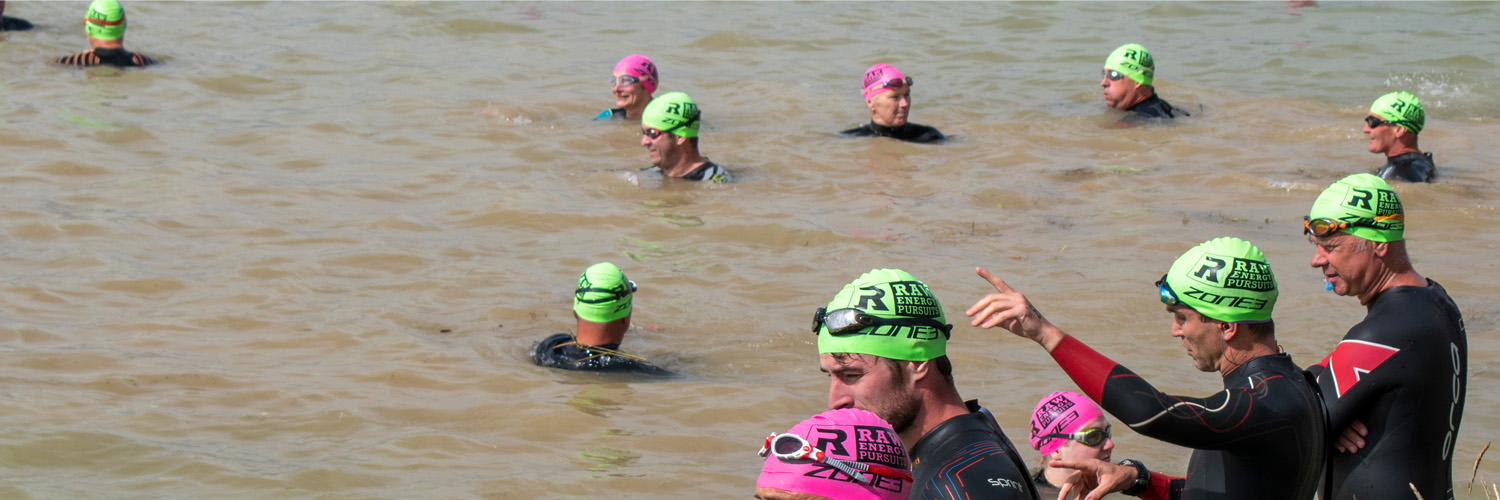Background
Urban and coastal water bodies frequently suffer from pollution by both human and non-human sources. Coliform bacteria, while a key water quality indicator, provide limited insight into the exact source of contamination and do not provide instantaneous results. This limitation poses significant challenges for managing bathing waters and harbours. Specifically, wastewater inputs often remain untraced due to their complex and varied origins. Spanning untreated sewage to domestic greywater and the cost of manual sampling, laboratory testing often means insufficient data for true insights.
An effective indicator of domestic and industrial wastewater is the presence of Optical Brighteners compounds, fluorescent moieties widely used in laundry detergents and industrial cleaning agents. The use of optical brightening agents has been validated as a robust indicator of sewage pollution (see: Yamahara et al., 2007 and Ashbolt et al., 2023) and when combined with Proteus real-time coliforms technology provides a new level of resolution which can be deployed in mobile and fixed modes.
Application Overview
Proteus Instruments supplied advanced, real-time water quality monitoring solution tailored for a municipality managing internationally renowned harbour and public bathing areas. The Proteus multiprobe system was enhanced with an Optical Brightener fluorometer, enabling rapid detection and tracking of contamination from the numerous industrial facilities operating in the area.
The Proteus probe was equipped with multiple sensors including fluorometers (for Tryptophan-like Fluorescence, Coloured Dissolved Organic Matter- CDOM), turbidity, pH/ORP, conductivity, and dissolved oxygen. It computes derived parameters such as BOD, COD, TOC, DOC, and coliforms, with accuracy significantly improved through local site calibration.
Benefits of Using Optical Brighteners
The addition of an OBA sensor now enables the municipalities water quality monitoring team to:
- Identify contamination sources with greater accuracy.
- Track wastewater plumes in near-real-time.
- Assess the natural remediation capacity of the water body.
- Inform water quality management and public safety decisions more effectively.
- Pinpoint sewer ingress and misconnections in the network.
Outcomes
The Proteus system, equipped with an OBA sensor and validated via spike testing, is a powerful tool for rapid pollution source tracking. It now offers the municipality a proactive, data-driven approach to managing recreational waters and protecting public health.
This integrated approach marks a step forward in environmental monitoring, blending advanced sensor technology with practical field applications for real-time decision-making.



